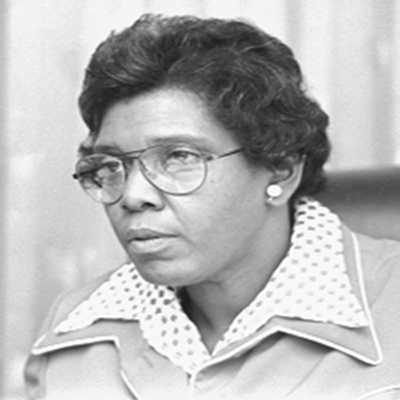
Era OverviewUp until the 1950s segregation was rampant in the South. Racial discrimination existed everywhere. In the 1950s the civil rights movement began and with non-violent acts of protest, segregation began to end in the South. In 1954 in the famous Supreme Court case, "Brown vs. Board of Education of Topeka" the Supreme Court decided that segregation was not equal. This began the movement to end segregation that had been holding strong across the country, especially in the South. Many whites in the South and elsewhere resisted the movement. In 1955, Rosa Parks was arrested for not sitting in the back of the bus in Montgomery, Alabama. Blacks staged a one-day protest as a result forced the bus company to desegregate, leading to more boycotts across the country. Following that incident, Martin Luther King, Jr. came to forefront of the movement. From 1955-1960 schools and public facilities began to become integrated in the upper South and border states, but the Deep South communities continued to be segregated. |
 |